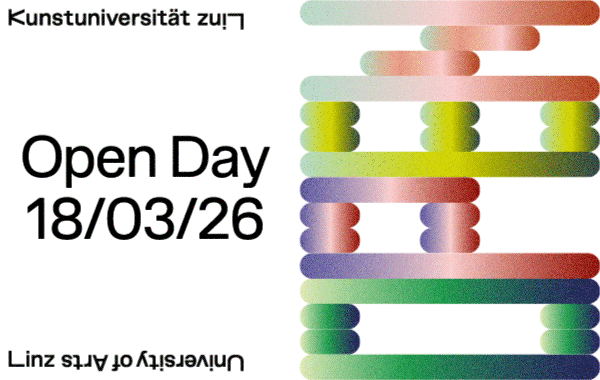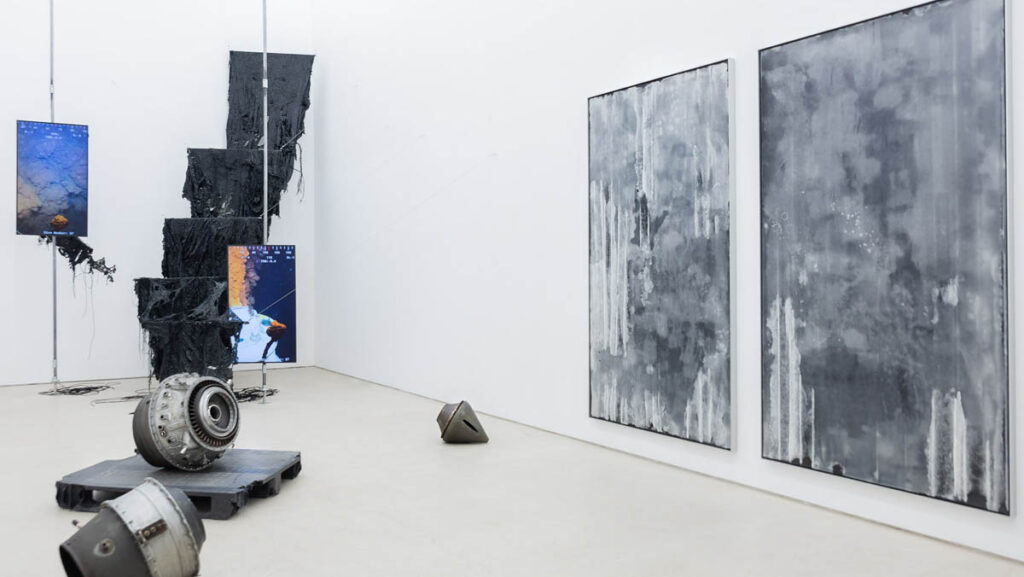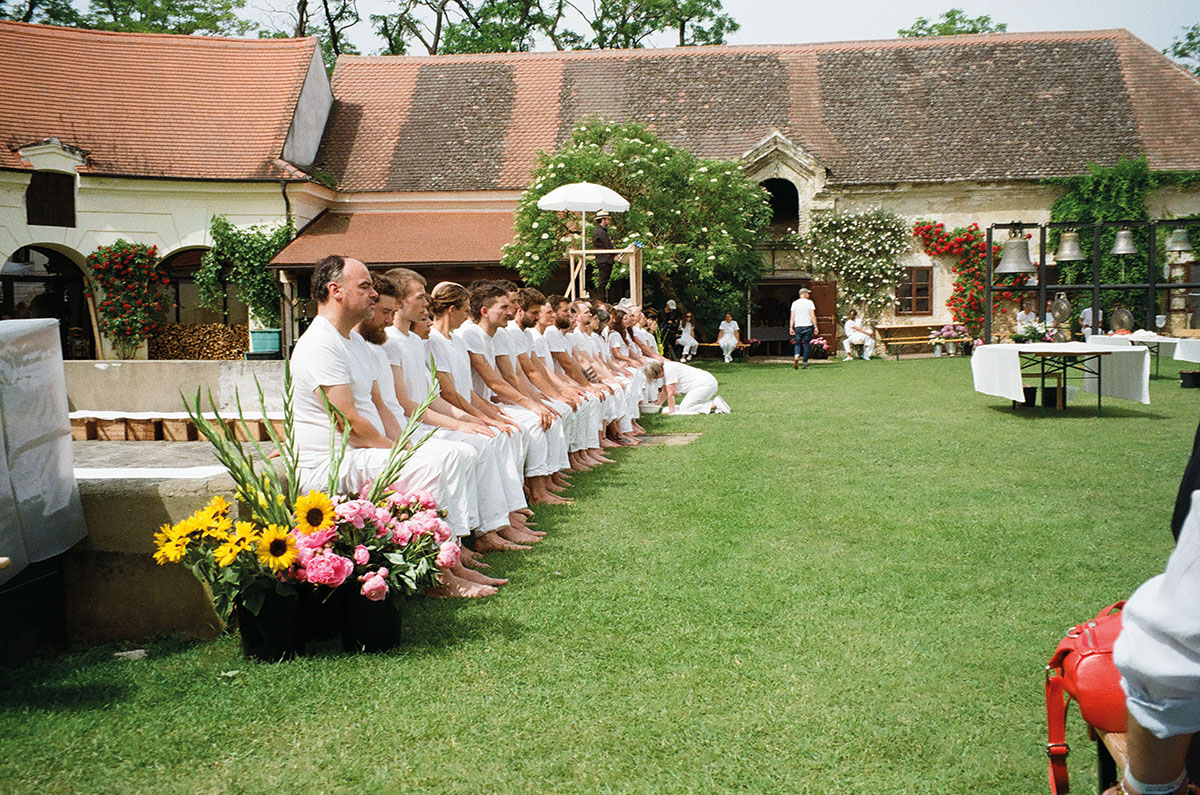
As early as August 1998, the first performance was held at this location as part of the 100th action, back then accompanied by protests, bomb threats, and political resistance.
The artist left behind an almost 1,000-page score with meticulous instructions to enable posthumous performances in his spirit. With the staging of the 160th action in phases, his wife, Rita Nitsch, is fulfilling this wish; with more than 80 performers and over 100 musicians, it is an act of deep devotion.
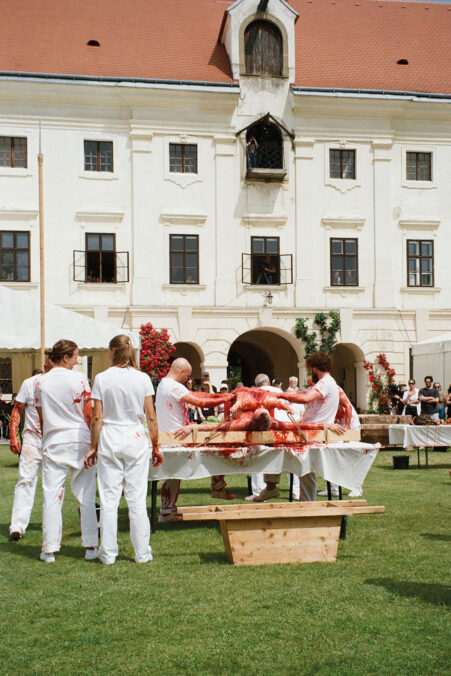
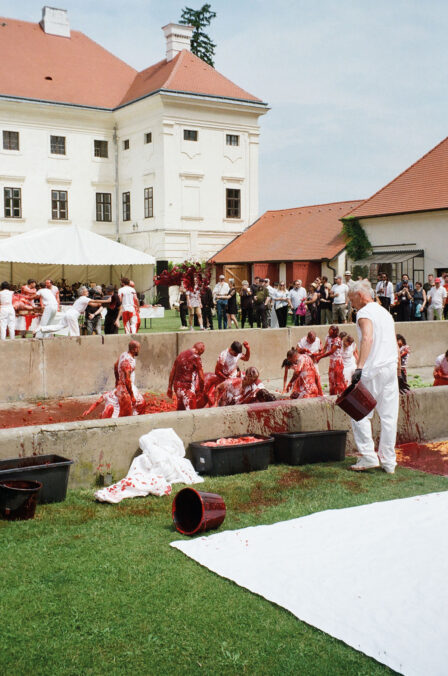
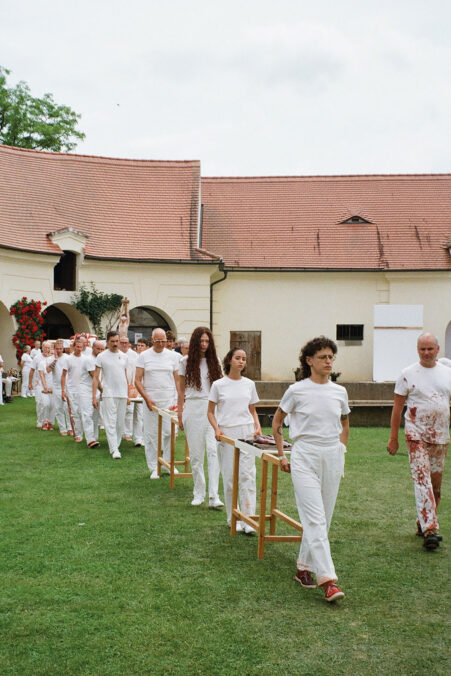
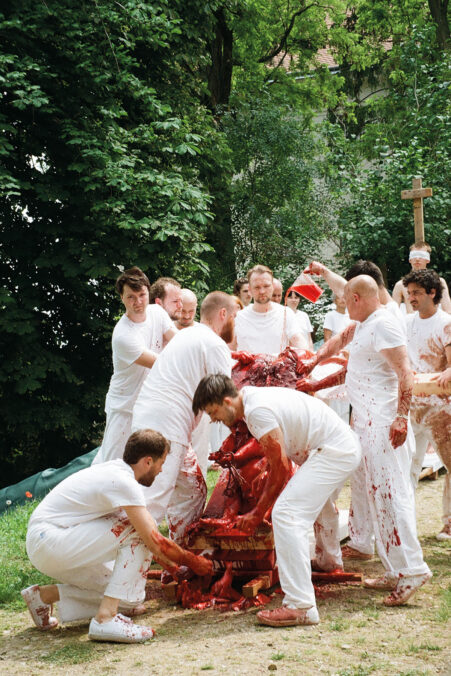
All my previous artistic activities are to be seen as preparation for the 6-Day-Play, which takes place in Prinzendorf. The O.M. Theatre is truly a new form of total artwork, evolved from happening and action art. No actor plays a role. – Hermann Nitsch
And he truly succeeded.
Hermann Nitsch’s “Gesamtkunstwerk”, total work of art, is an experience that defies rational comprehension. It’s not something one simply observes but something one experiences with all senses and absorbs deeply. It doesn’t just speak to the eyes; it also activates the depths of hearing, smelling, touching, and tasting. It touches body and mind simultaneously; it is exactly this totality that makes it so challenging. The constant repetition of acts and sounds is almost placing everyone in a “trance”. After each action, I needed 20 minutes just to catch my breath; the experience was that intense for me as a spectator. As soon as one scene ended, an eerie silence would fall, as if nothing had happened.
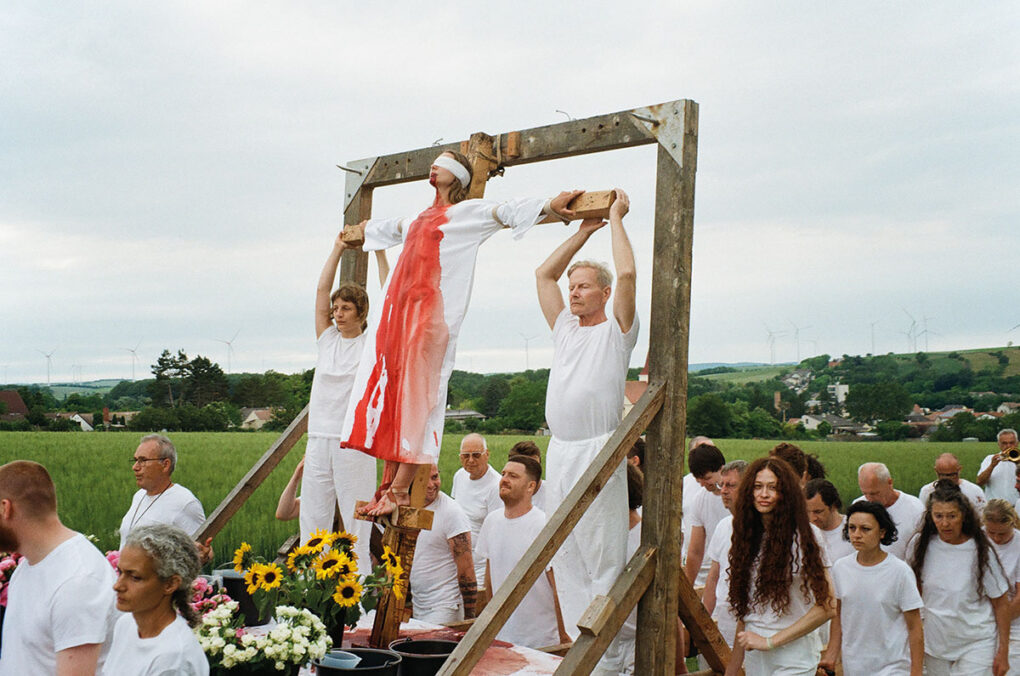

I met Florian, one of the performers in 6-Day-Play. For him, it was the first time being part of the play. It was on my mind: How does one experience that as an actor? Do they feel the intensity even more, or is it a completely different feeling?
Hi Florian, the first action of the day just ended. What are your impressions so far? What did the preparations look like?
The preparation for this piece is very collective. It’s mainly group scenes and collective processes, which means you’re constantly relying on each other. It’s a lot about mutual support, communication, expressing what you need, and helping each other. Ahead of time, I engaged with video and textual materials as preparation. But of course, that’s something entirely different; when you experience it with your own body, it’s much more intense.
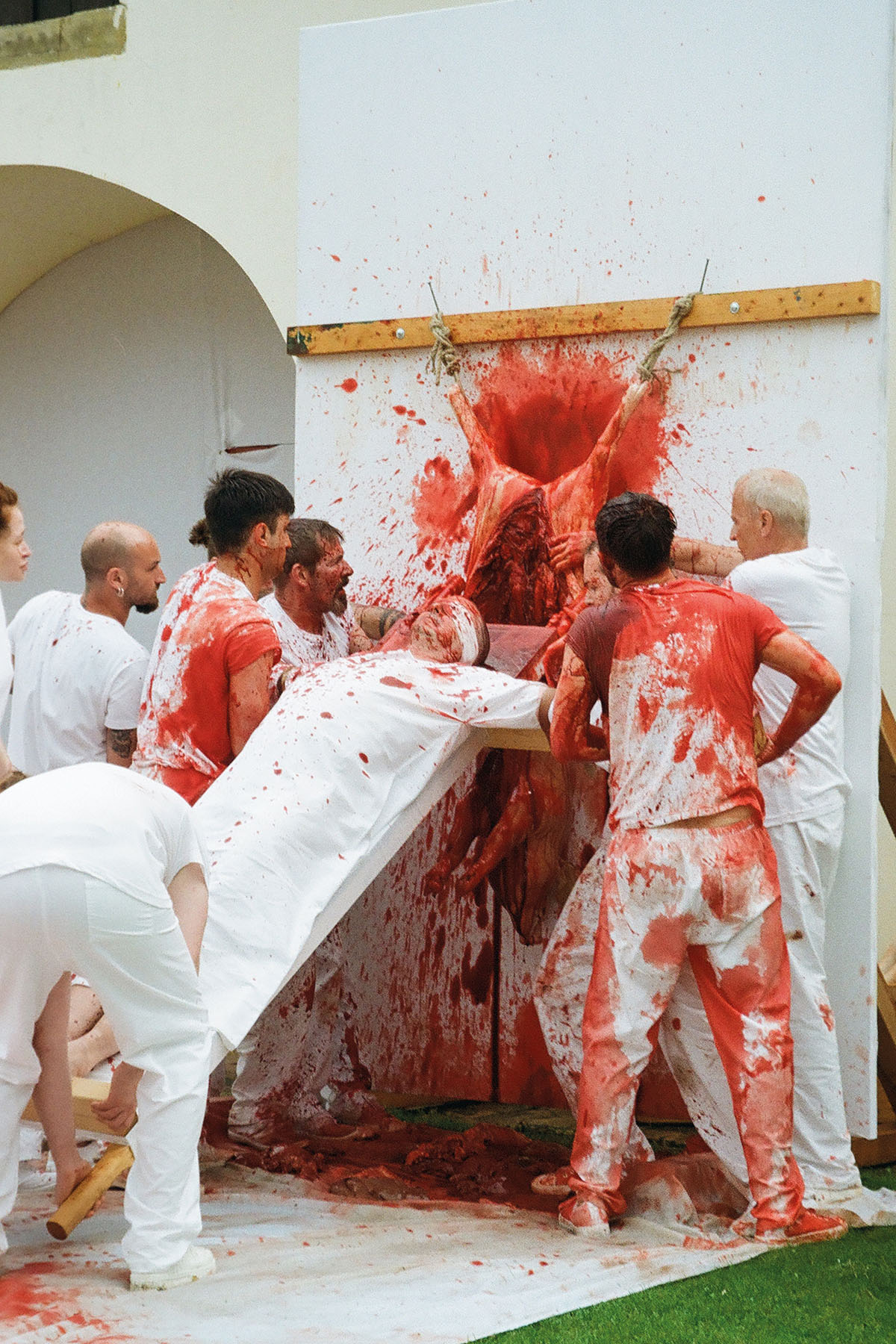
Can you give an example of the moment? The processions are a good example. You’re right in the middle. It’s often so tight that I can’t see much except what’s directly in front of me. Sometimes I don’t even see the others who are carrying a structure with me. You’re completely focused on the moment and on the group; often, you don’t see what’s happening outside of it. And the music is crucial to the performance; it plays a central role.
How would you describe the music?
The music creates a kind of approximation to eternity. Even though the pig is dead, it receives through the ritual and repetition a sense of the infinite. It’s a feeling you rarely encounter in everyday life. It’s a truly unique experience.
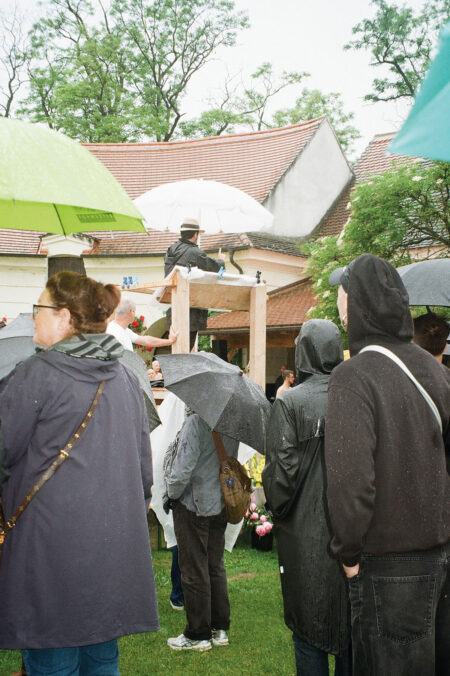
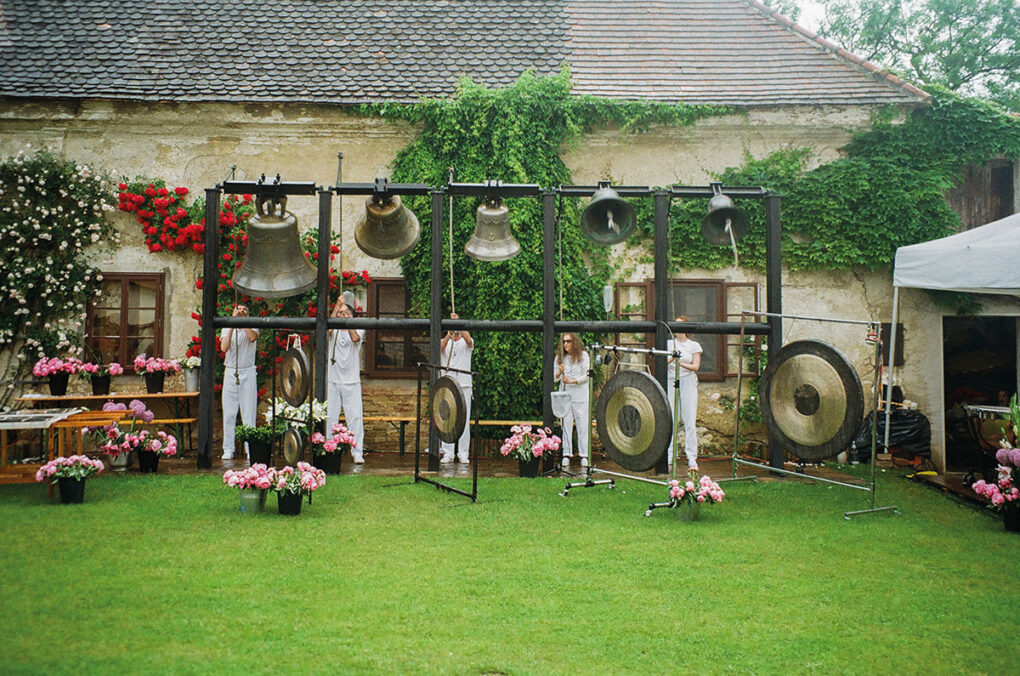
What Hermann Nitsch left behind with his Orgies Mysteries Theatre cannot be categorised into any conventional format. It’s a total work of art that challenges the body as much as the mind. An intoxication of colours, sounds, smells, and touches manifested in a dense web of symbols and emotions. Especially on Days 4 and 5, it became clear: without the music, everything would sound, smell, and feel entirely different. The actions stretch over long periods and are marked by constant repetition. They are powerfully supported by music, which adds further dynamics and emotional depth. The immersive soundscape grips all the senses and intensifies the total experience uniquely, as if the body itself were vibrating from the sounds. Then there are the smells. Blood, of course. But also incense or something similar, heavy and sweet. A stimulus that sometimes threw me off balance. The actions become more corporeal, more direct, and rawer.
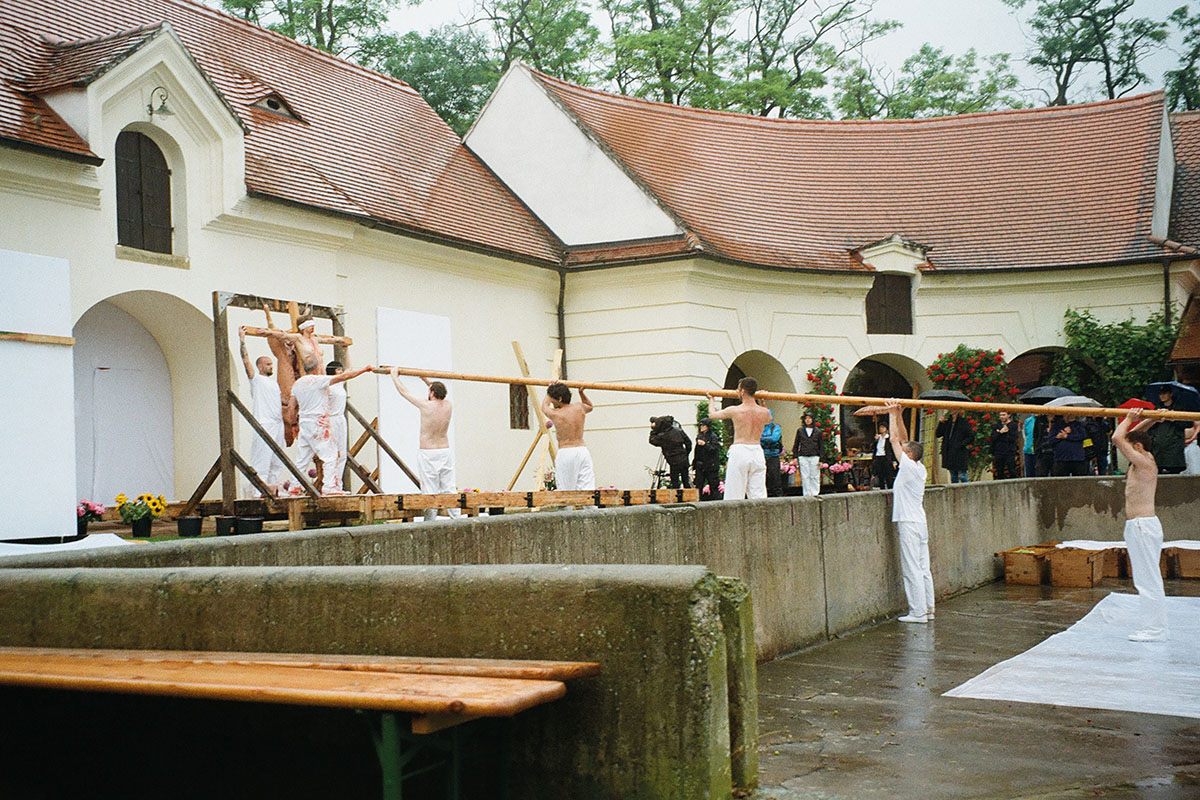
Hermann Nitsch wanted people to feel comfortable. He encouraged people to stay, participate, contribute, and observe. And that’s exactly how it is: unpretentious, relaxed, and sociable.
At the edge of the events, I chatted with two visitors: Robert and Diana from San Francisco.
How did you describe the first three days to your friends back in the US?
Robert: I’m experiencing the 6-Day-Play as something incredibly intense; it’s really hard to put into words. If someone back home asks me what it was like, I don’t have a good way to simplify it. But maybe it shouldn’t be simplified.
And what are your impressions so far?
Diana: I’m deeply impressed by my first visit: it’s incredible. I’ve heard the music, seen images, and read about the themes, but to be here in person is a completely different and extraordinary experience. The impressions, the smells, you can really feel what’s happening.
The mood throughout the days was very relaxed. Visitors drank wine, chatted, found their places, and wandered curiously through the castle. There was no intimidating threshold, nothing elitist. Everything was open and friendly. In the evenings, there was always a lively celebration, good food, and drink. Once the tension of the actions had subsided, a very special atmosphere unfolded: a festive gathering with brass music in a castle lavishly adorned with the most radiant flowers. On Sunday, the last day, there was a sunset concert, a poetic finale performed by the orchestra. And yet, something always lingered in the air: a sense of tension, but also joy, and maybe a bit of wistfulness, because it was the final chapter of a work that would never exist in this form again.
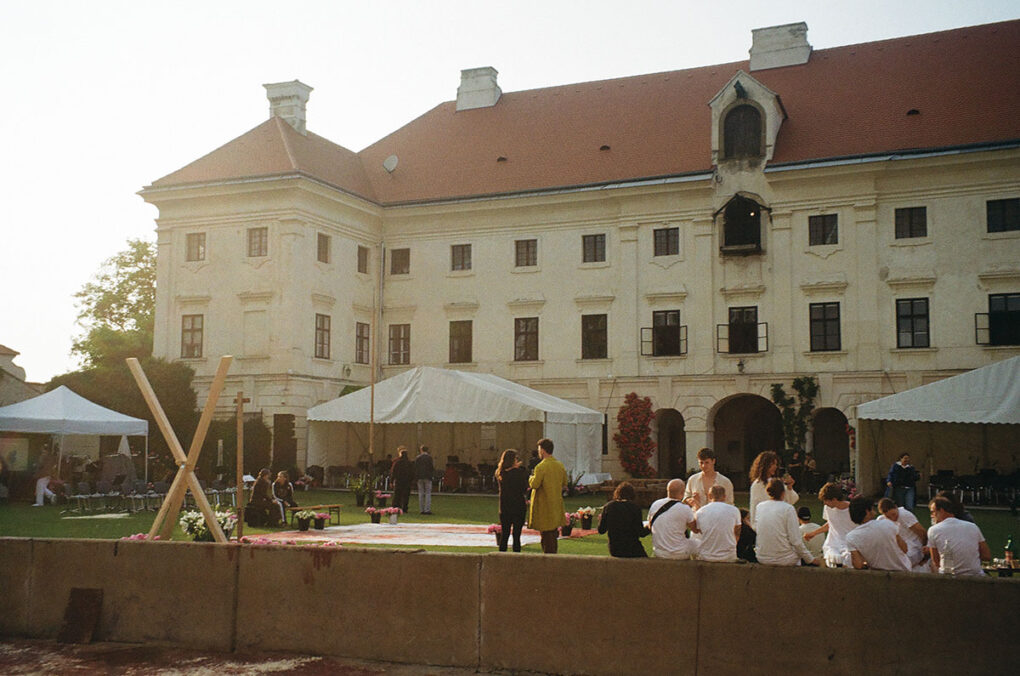
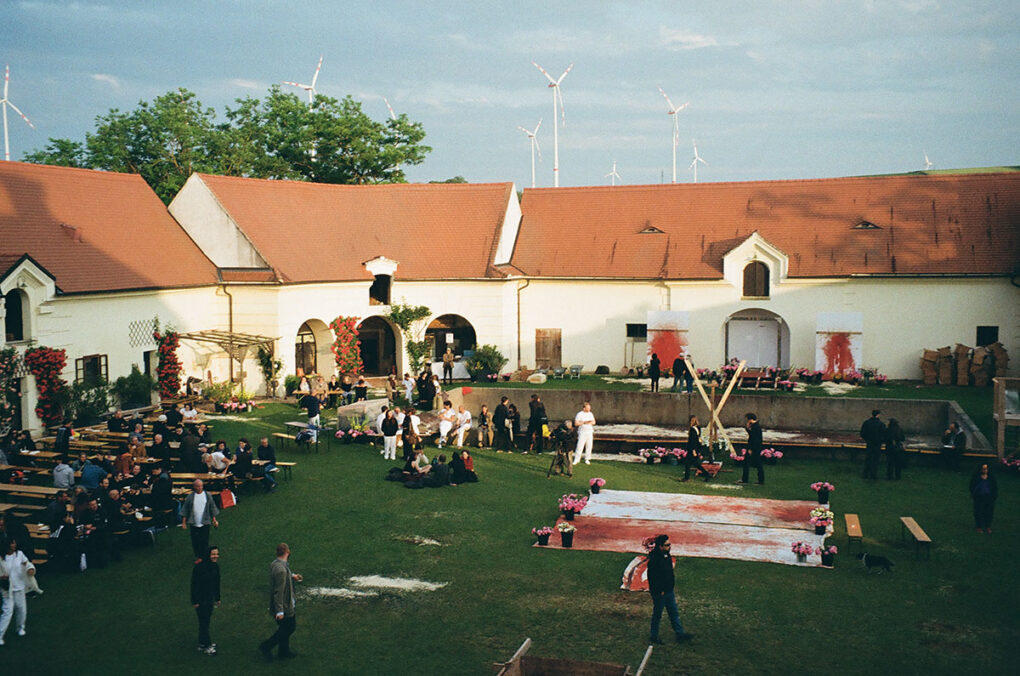
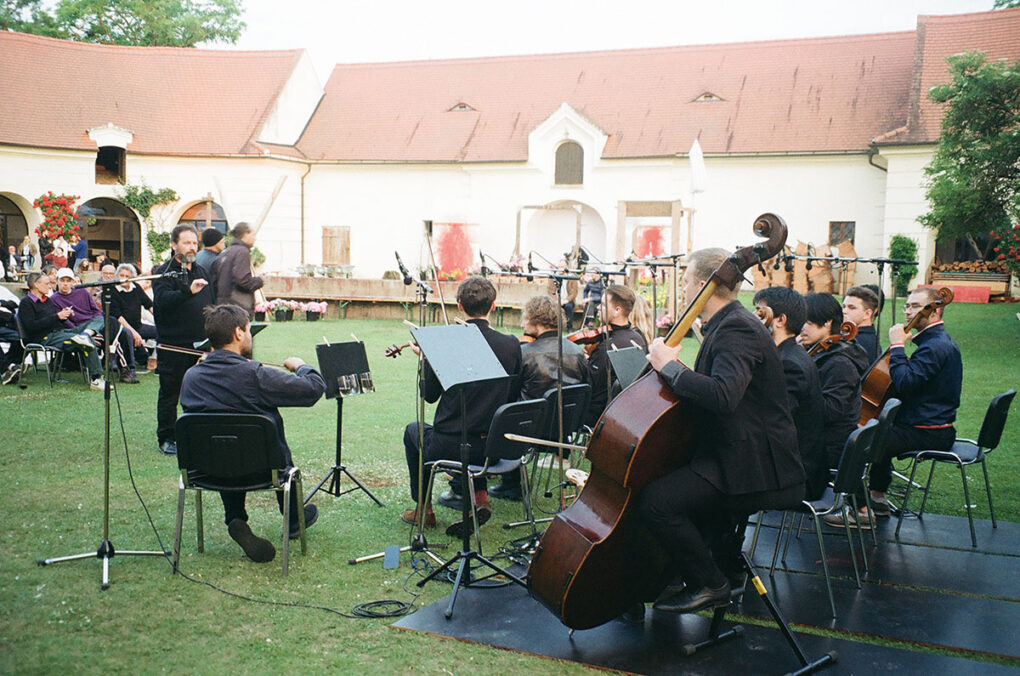
High praise to Mrs Rita Nitsch for bringing it to completion, to the team for their hospitality, and to all the performers who made it extraordinary. It was an intense and beautiful experience. A moment that is hard to put into words (to echo the ritual of repetition), as Robert so aptly said:
I don’t have a good way to simplify it—but maybe it shouldn’t be simplified.
More about The Orgies Mysteries Theatre: www.nitsch.org/en/aktionen/
Hermann Nitsch – www.nitsch.org
The concept of the Orgies Mysteries Theater was developed by Hermann Nitsch in the mid-1950s. Its performances combine sacred and profane elements and often involve intense, sensory experiences where blood, flesh, and other organic materials play a central role. The first performance of the Orgies Mysteries Theater, titled „1st Action,“ took place in 1962. All actions are excerpts from the 6-Day Play. With this, Nitsch created a space for cathartic experiences, aiming to overcome taboos and confront the primal forces of human existence.
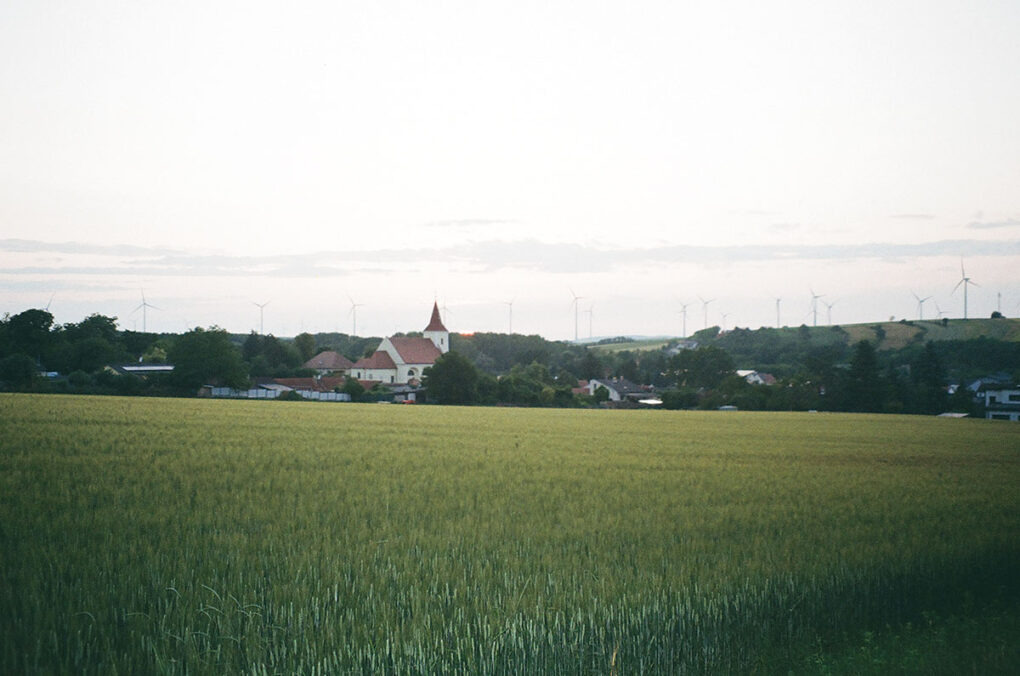
The 6-Day Play by Hermann Nitsch, first performed at Schloss Prinzendorf in 1998, is considered the most monumental work of his Orgies Mysteries Theater. It is a continuous six-day and six-night performance engaging all the senses of participants and spectators. Music, painting, ritual acts, sacrificial symbols, and sacred elements merge into an intense experience that explores existential themes such as life, death, ecstasy, and transcendence. The meticulously planned performance, involving hundreds of participants, reflects Nitsch’s pursuit of a universal, spiritually charged artwork that provides space for reflection and catharsis.
Hermann Nitsch (1938–2022) ranks among the most influential artists of the postwar era. His interdisciplinary approach, which combines painting, music, performance, poetry, and ritual, has profoundly shaped the understanding of art. As a co-founder of (Wiener Aktionismus) Viennese Actionism, he created works that merge provocation with spiritual depth. His creations are part of the art historical canon and are represented in many of the world’s most significant museums and collections—from MoMA in New York to the Centre Pompidou in Paris, the Castello di Rivoli in Turin, the Lenbachhaus in Munich, and the Albertina and Belvedere in Vienna, among others. The Nitsch Museum in Mistelbach, Austria, and the Museo Nitsch in Naples are dedicated exclusively to his oeuvre. Even after his death, Nitsch’s work remains prominently featured on the international stage. In 2023, his pieces were exhibited in esteemed institutions such as the Musée de l’Orangerie in Paris and the Pace Gallery in New York. However, nowhere can the visionary power of his work be experienced as intensely as at Schloss Prinzendorf, his residence, studio, and the primary venue for the 6-Day Play.



